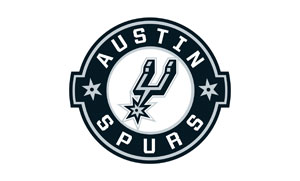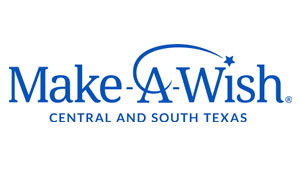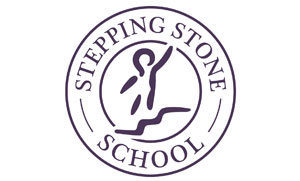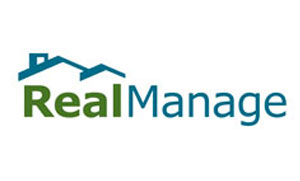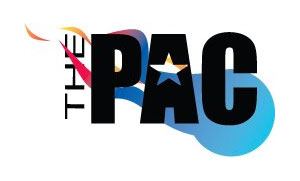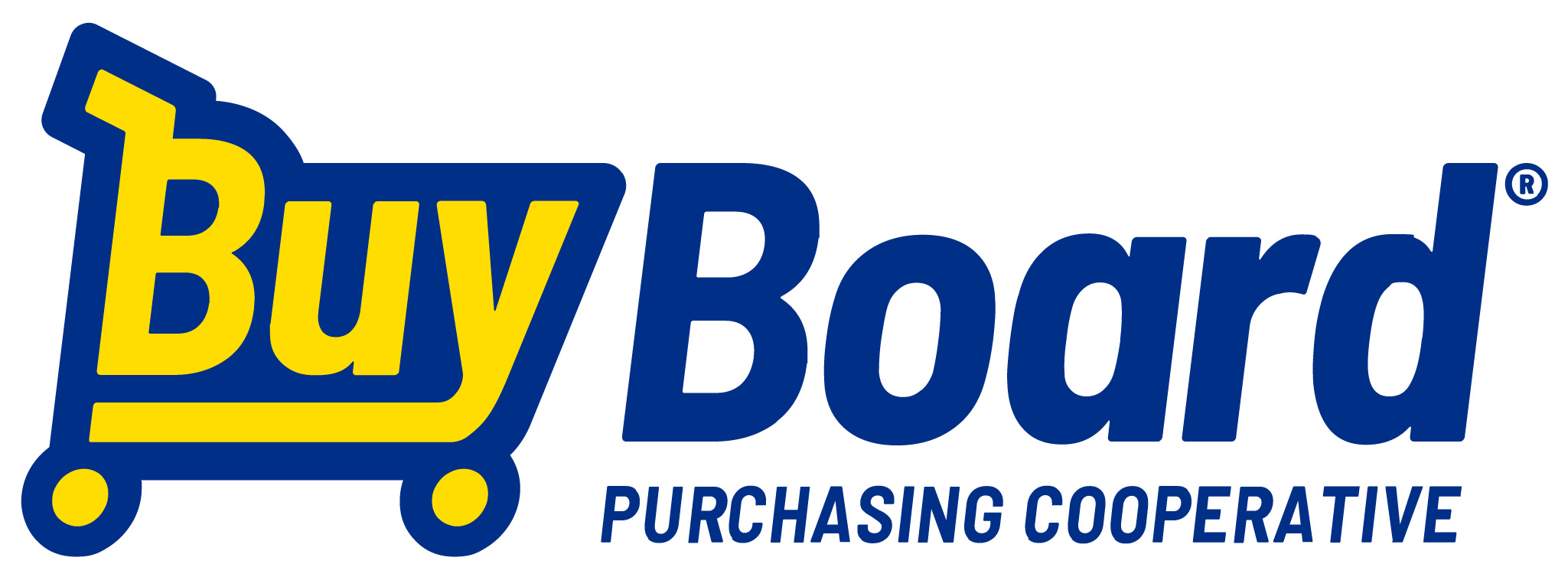WHICH SURFACE IS BEST FOR ME?
Opinions vary when it comes to selecting the best types of court surfaces Pickleball players prefer to play on. From the ball response and sound made when it hits the court, to the shoe grip and slide, even down to what is the best color of court to play on for best performance. True Pickleball players are enthusiastic about the game surface and court amenities they choose to build, install, and play on.
Pickleball has rapidly become one of the most beloved recreational sports, drawing players of all ages and skill levels. However, to genuinely enjoy this dynamic game, having the right playing surface is crucial. In this comprehensive blog, we will explore several types of pickleball surfaces, including Acrylic Paint, Cushioned Acrylic, Tile/Modular Surfaces, and rolled surfaces.
When choosing a court surface, several options exist. It is important to fully understand each of them and choose what fits your needs the best.
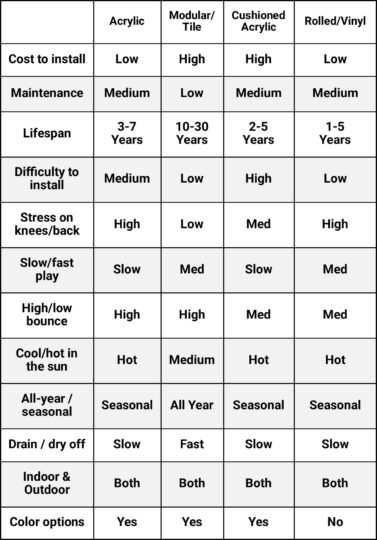
Acrylic Paint
Most Common Brand Names: Acrytech, Sportmaster, Plexipave, Laykold
Pros of Acrylic Paint Courts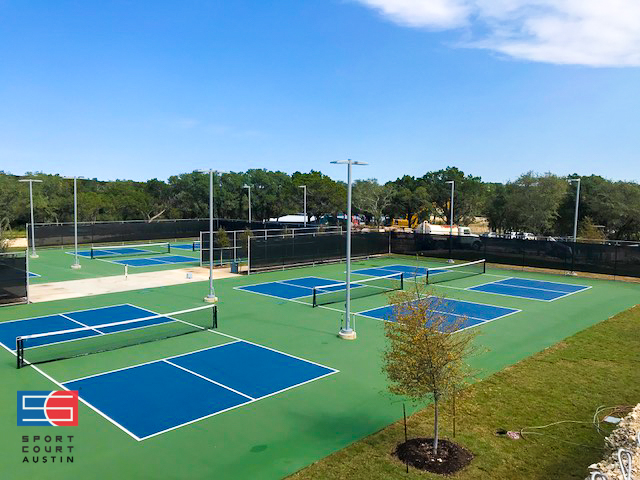
- Lowest initial cost
- Long term maintenance costs
- Consistent texture for traction and ball bounce
- Customization for pace of play
Lowest initial cost
The surfacing part of an acrylic painted court costs between $7,000 – $12,000 for a regulation pickleball court and $15,000 – $25,000 for a regulation tennis court or four pickleball courts. This makes it the most cost-effective choice during a new build, conversion or resurface. *This does not include concrete work, fencing, lighting, or accessories.
Long term maintenance costs
Like most outdoor painted products, acrylic court surfaces require consistent upkeep to sustain its original play characteristics as long as possible. The sand added to the paint needs protection of abrasive dirt or debris and should be cleaned regularly with a power hose to remove dust particles. It is particularly important to keep the surfaces dry and free of debris to prevent staining or mildew buildup. This can easily be done using a squeegee or Roll-Dri after rain and blowing off dust and dirt.
Consistent texture for traction and ball bounce
When acrylic is applied on top of a concrete or asphalt surface, it levels and smooths out most minor imperfections. This in combination with the texture provided by the sand infused paint creates a consistent sport traction and ball bounce. This consistency allows for a better playing experience.
Customization for pace of play
Acrylic surfaces can be adjusted at the time of application for desired court speed. A “fast court” would have a lower sand content and a “slow court” would have a higher sand content. This can help meet player preference or tournament requirements.
Cons of Acrylic Paint Courts
- Unpredictable application
- Safety of the hard surface
- Require more regular repair maintenance.
- Durability
Unpredictable application
Acrylic paint has been a proven material for tennis courts since the 1940s. However, applicators across the country have always struggled with achieving consistent results for their customers. Common problems are bubbles, blisters, peeling, color inconsistencies, and squeegee marks. The causes of these problems can be moisture build up from below or next to the slab, weather at time of application, use of additives in concrete or asphalt mixes and applicator errors. These issues are quite common and at best cause delays in project completion and at worst can lead to contractors quitting their job or refusing to come back for repairs (we would never do that to you).
Safety of the hard surface
Acrylic is applied over a concrete foundation making the surface unforgiving when it comes to player’s joints. The safety of playing on hard surfaces like this is also not ideal. Falling on an acrylic surface will result in similar injuries to falling on a concrete surface. Doctors across America are cautioning about the potential dangers of the sport primarily played on acrylic surfaces.
Pickleball: Injury Considerations in an Increasingly Popular Sport – PMC (nih.gov)
Pickleball injuries: Just how dangerous is America’s new favorite sport? (bswhealth.com)
Pickleball injuries soar as sport grows in popularity, new study says (nbcnews.com)
Require repairs and resurface often
Because of the base foundation of an acrylic court, regular repairs and surface patching is needed. These repairs add to the overall cost of maintaining an acrylic court over time. A full resurface of the court is needed every 3 to 5 years depending on the volume of use of the court, frequency of cleaning, and surrounding landscape features.
Durability
Acrylic courts are beautiful when they are first installed. If kept swept clean and sprayed off regularly, they keep their appearance. However, acrylic surfaces quickly appear worn by use and weather elements. The most common issues we see are:
- Fading in the sun and dulling of the color from dirt and dust
- Scuff marks from shoes and scratches from chairs, benches, and equipment.
- Cracking is quite common and can show up just days after the final paint coats are applied.
- Water staining from irrigation, dirt, and power washing.
See our acrylic maintenance guide for more information on repairing these issues.
Cushioned Acrylic
Most Common Brands: Acrytech CushionX, Sport Master Cushion Master, Cushion Extreme, Plexicushion
Pros of Cushioned Acrylic surfaces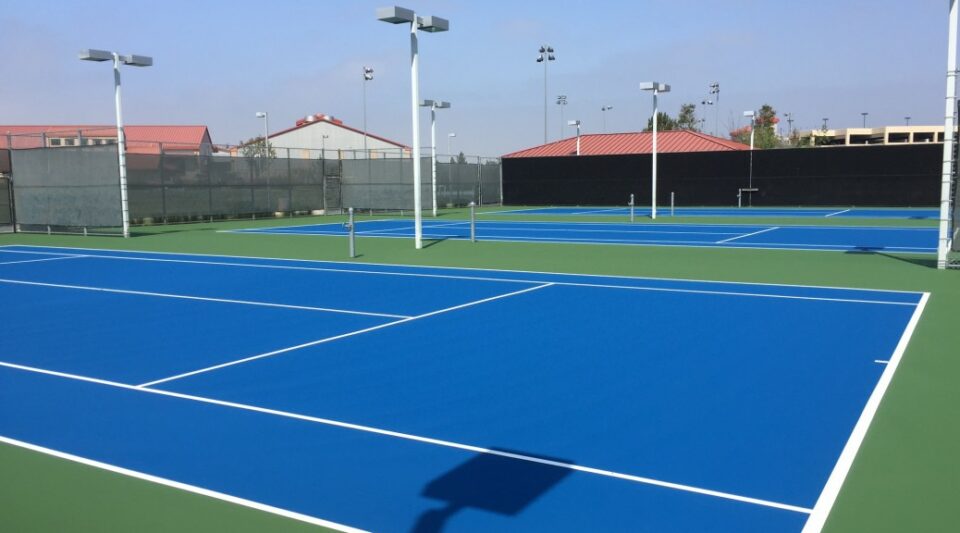
- Shock Absorption
- Low Daily Cleaning
- Customizable Cushioning
- Consistent Playability
Cushion
Adding a rubberized cushion underneath an acrylic court provides an extra layer of shock absorption. However, we could not find any document metrics on the measured percentage of shock absorption defined by the ASTM. In our estimation it is less than 5%.
Low Daily Cleaning
Like standard acrylic courts, cushioned acrylic requires little upkeep, making them a desirable choice for facilities with limited resources or personnel for maintenance. It is particularly important to keep the surfaces dry and free of debris or dust to prevent staining. This can easily be done using a squeegee or Roll-Dri after rain and blowing off dust and dirt.
Customizable Cushioning
Cushioned Acrylic surfaces allow for customizable layers of cushioning underneath the playing surface. This feature provides the advantage of reducing impact on joints, enhancing player comfort and safety. Cushion layers are either achieved through a rolled 4mm pad under the acrylic paint or a rubberized granule additive to the paint applied via squeegee.
Consistent Playability
Over the years, Cushioned Acrylic courts keep consistent playability, ensuring that players experience a reliable bounce and surface feel.
Cons of Cushioned Acrylic surfaces
- High Installation Costs
- High/Costly Maintenance
Higher Installation Cost
The initial cost of a cushioned acrylic court surface is greater than a standard hard-court surface. The normal range to surface a pickleball court is between $15,000 and $26,000. This does not include concrete work or accessories.
Higher Repair and Maintenance Costs
Because these surfaces are placed on top of a concrete or asphalt bases and have 3 to 5 extra layers of application, courts are susceptible to developing bubbles, cracking, uneven surfaces, or other issues that impact the initial smooth surface. The extra layers add extra repair costs and make it much more challenging to blend in a repair with existing surfacing. A
Resurfacing costs often include complete removal and replacement of the cushioned layers via destructive process as it is ill-advised to add more layers to the cushioned surface.
![]()
Tile/Modular Surfaces
Most Common Brands: Sport Court®, Snap Sports, Versa Court
Pros of Tile/Modular Surfaces
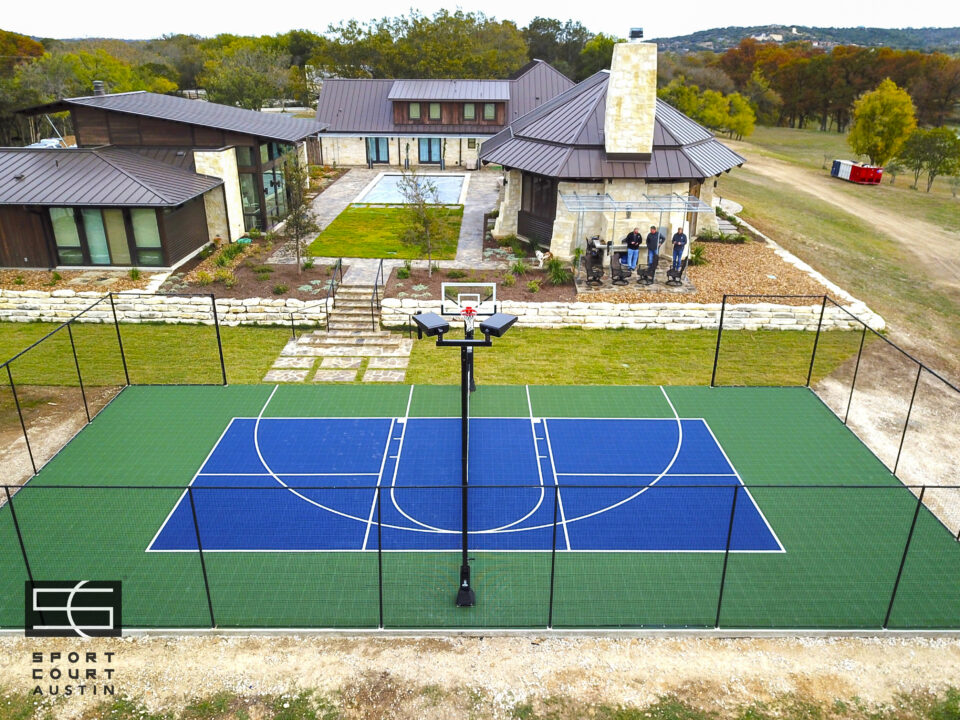
- Cushioned Impact for safer play
- Durable/Long-lasting surfaces
- Multi-sport versatility
- Low-Cost Maintenance/Repair
Cushioned impact for safer play
Tile/Modular floors allow for a greater level of shock absorption. As a player runs, jumps, and stops, the modular floors will slightly give with their movement reducing the impact on the joints, knees, and body. Surfaces range from 10% to 25% ASTM shock absorption rating and a 10” to 26” ASTM critical fall height protection. Lateral Forgiveness™ also provides horizontal safety reduction of strain and injuries frequency. This can reduce pickleball injuries and is even more beneficial for jumping sports like basketball and volleyball.
Durable/Long-Lasting
As with any outdoor court surface material, extreme weather, heat, and direct exposure to the sun, will eventually dull the custom colors. However, some manufacturers of modular court surfaces are known to offer modular courts that last over 25 years, and they continue to look new with minimal upkeep and maintenance. Tile/Modular courts are resistant to wear and tear making them ideal for high traffic areas. Ensure you choose a surface that has built in UV protection, a quality warranty and has local service available as you often get what you pay for in this type of product.
Multi-Sport Versatility
Tile/Modular surfaces offer a wide range of options regarding the compatible sports that can be played on the court. Modular surfaces are most ideal for indoor and outdoor use, and are widely installed for basketball, pickleball, futsal, tennis, badminton, indoor volleyball, elementary school physical fitness areas and intermediate gymnasiums. These surfaces also perform extremely well for roller skates, skateboards, scooters, and bikes.
Low Cost/Maintenance and Repair
Tile/Modular surfaces offer the lowest maintenance requirements out of all court surface options. Due to the modular tile designs, water drains through the tiles and runs off the court quickly, allowing for almost immediate play after a rain. Courts require only sweeping or blowing off the surface to clean off any leaves or other debris. Damage that occurs to an area can easily be repaired by snapping out the broken tile and snapping in the new one.
Cons of Tile/Modular Surfaces
- Higher initial cost
- Color fading and plastic deterioration
- Not the preferred professional surface
Higher Initial Cost
As a result of the production of the materials used to manufacture modular courts, the cost of a Tile/Modular court surface involves a higher initial cost. Based on several factors the cost for a Tile/Modular surfacing can range from $5 to $12 per square foot resulting in a cost of surfacing for a regulation pickleball court being $9,000 to $21,000. This does not include a concrete base or accessories.
Color fading and plastic deterioration
Over time, as with any outdoor plastic material, the colors will fade on a court and the plastic will break down. Most manufacturers claim various warranties and guarantees regarding fading. At Sport Court® we back our modular surface with a 15-year durability warranty and our testing & history has shown we can expect around 10 years of color vibrancy before any noticeable fading occurs.
Not the preferred professional surface
Although Tile/Modular courts are gaining in popularity, and they can be seen in use at various collegiate and professional levels in volleyball, basketball and pickleball. The frequency of recognizing Tile/Modular courts as the court of choice is not as likely to be recommended as some of the more traditional court surfaces. This unfamiliarity results in the slow adoption of the Tile/Modular court surface for indoor and outdoor sports and recreational activities.
Rolled Surfaces
Common Brands: Pickleroll, Pickleball United, Rolled Vinyl
 Pros of Rolled Surfaces
Pros of Rolled Surfaces
- Portable/Quick set-up
- Temporary/Low Maintenance
- Existing floor preservation
Portable/Quick set-up
Rolled surfaces are portable and can be moved and relocated with ease. Most rolled surfaces are not meant to be used as permanent solutions to your indoor or outdoor court needs. They are for quick installation and removal as needed.
Temporary/Low Maintenance
Tournaments, convention center event turn-over, and other occasions that call for the quick change of the surface are often best suited for Rolled surfaces. While there are some options that are semi-permanent and permanent, most rolled surfaces are used in situations where they can be removed after a set period. Rolled surfaces are designed for easy maintenance, and call for the use of non-abrasive cleaning solutions to keep them in good condition.
Existing Floor Preservation
Rolled surfaces are the perfect solution for existing courts or surfaces in need of protection from a temporary event or sporting activity. The Rolled surface is placed on top of the existing base materials such as concrete, asphalt, wood, and other hard surface foundations shielding them from scratches, and scuff marks.
Cons of Rolled Surfaces
- Not a long-term solution
- Inconsistent ball response
- Mirrors the shock-absorbency of the base.
Not a long-term solution
Although the Rolled surface is cost effective and competitive on the front end, the long-term expense of replacing it with a more permanent solution may prove to be cost prohibitive. If a permanent court is needed, the rolled surface is not the best solution to begin with from a budgetary impact perspective over time.
Inconsistent ball response
Rolled surfaces are placed over an existing foundation. As a result of the quick, portable set-up, ensuring an even foundation for ball response across the court is less common. Dead spaces in the floor, uneven and pitted concrete, bubbles, and other surface imperfections will affect the ball response.
Mirrors the shock-absorbency of the base.
Rolled surfaces take on the lay of the foundation underneath it. Blemishes in the foundation may also be visible in the rolled surface. As this is a temporary solution to a court need imperfections may occur causing elevated and lower court areas. Ensuring that the foundation is smooth and solid prior to placing the rolled surface is key to playing on a quality rolled court.
Non-recommended Pickleball surfaces: Turf, Grass, Clay, Raw Concrete, Raw Asphalt
For the greatest and best ball response, safest court surface and pickleball experience, it is not recommended that you choose turf, grass, clay, raw concrete, or raw asphalt as the surface to play on. All these options come with their own challenges and will not result in providing you, your family, or your customers with the best flooring solution.
In closing, although the information above is not in order, you may still ask which surface is best for you. The following is our ranking of surface options based on our customer’s decisions and preferences:
- Modular/ Tile Surface
- Family with you kids wanting multipurpose safe area for their kids.
- Casual pickleball player looking for a minimal maintenance, safe surface.
- Player with lingering knee, back, hip or ankle injuries
- Pickleball player over 55 years of age
- Homeowner going over existing patio or driveway to play.
- Convention center looking to host tournaments.
- Retirement community looking to reduce liability and injuries at their facility.
- Leased indoor space looking to have a surface that can be sold if they close or move.
- Acrylic Painted Surface
- Professional pickleball player looking to refine their game at home.
- Cost conscience buyer looking to minimize up from investment in their court.
- Former tennis players that are used to being on hard court surfaces.
- Facility looking to convert their tennis courts to pickleball at lowest cost.
- Pickleball amenity area or business providing courts to public.
- Cushioned Acrylic
- Facility looking to upgrade and invest in their courts to have them stand out against competition.
- Residential homeowner wanting a softer surface to play on at home.
- Neighbor wanting to make their court just a little nicer than their friends.
- Rolled Surfaces
- Event company looking to rent and set up floors for events.
- Corporate office wanting an event floor.
We hope this guide helps you make a well-informed decision as to which pickleball surface is best for you. At Sport Court® of Austin, we pride ourselves in providing correct and honest information to our customers and ensuring they end up buying the right product for them.


